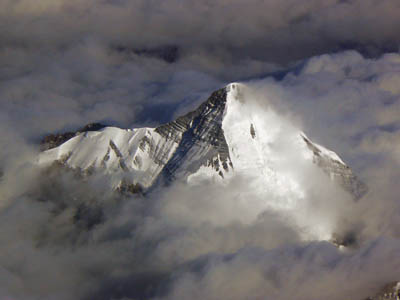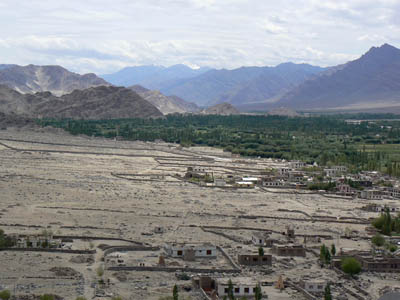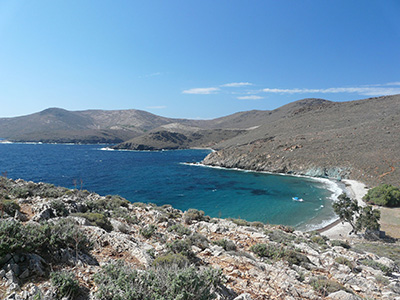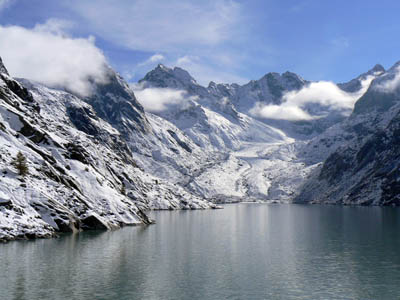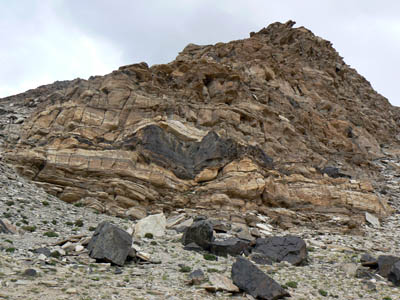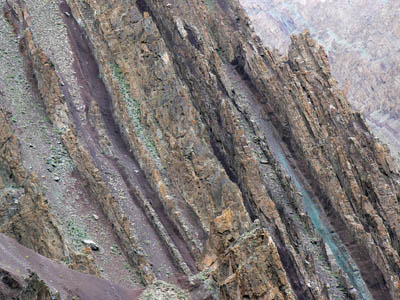Structure Tectonics
The Structure and Tectonics Team @ ANU is engaged broadly with two lines of research: I) using computers to take Structural Geology to the large scale, with 3D + time tectonic reconstructions, examining how slabs behave and the seismotectonics of particular regions, and how mineralisation is related to large-scale structure; II) using 40Ar/39Ar geochronology to determine the timing of different events, including the timing and duration of microstructural processes, dating using Arrhenius plots, and the timing and duration of movement in ductile shear zones.
Current Research Projects:
We are involved in research with scientists from the USA, England, Indonesia, India, Greece, The Netherlands and Australia.
PhD, MSc and Honours students from Australia and overseas.
See the list of new projects and read the instructions how to apply.
Resources for teachers and information for interested readers without specialist knowledge.
Updated: 7 July 2020/ Responsible Officer: Structure Tectonics Team Leader/ Page Contact: WebAdmin


